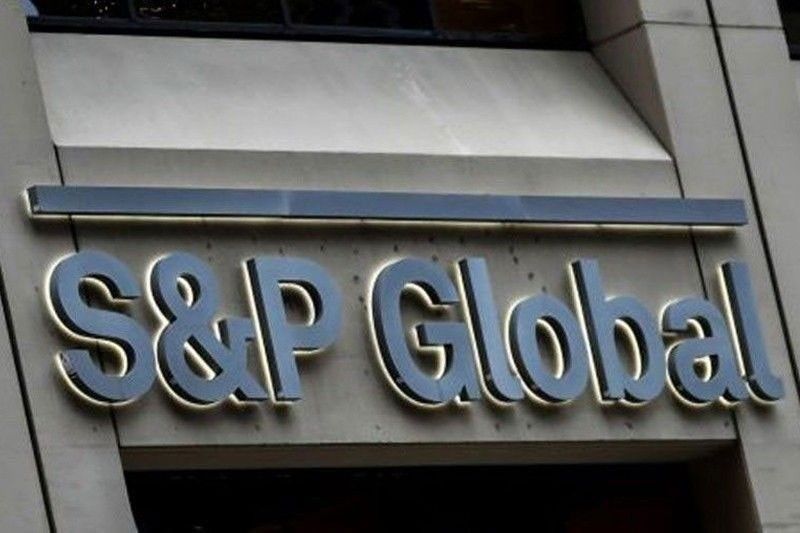
MANILA, Philippines — Despite lingering challenges in the Philippine real estate sector, the country’s four largest property developers are expected to ramp up premium residential projects over the next two years to offset a softening mass market, according to S&P Global Ratings.
Property giants Ayala Land Inc., Megaworld Corp., Robinsons Land Corp. and SM Prime Holdings Inc. are doubling down on upscale developments and long-term investments to counter rising inventories, slowing pre-sales as well as elevated debt levels, the debt watcher said.
Together, these companies account for 60 percent of the sector’s market capitalization and 75 percent of listed property firms’ capital spending.
“The entities are pivoting to more high-end projects where demand has been resilient,” S&P Global Ratings said.
“While the firms’ leverage is higher than pre-pandemic, their pre-sales are expanding. The investment positioning for growth should prove constructive, in our view,” it added.
The shift comes as residential pre-sales remained 17 percent below pre-pandemic levels last year, weighed down by high interest rates and inflation that dampened demand in the mid- to low-income segments.
Unsold inventories hit a record P158 billion in 2024, a 77-percent jump from the previous year, with over 90 percent of these units from the mass-market segment, S&P said, citing data from Colliers International.
In contrast, high-end residential projects or units priced above P12 million are driving new launches, making up 41 percent of all launches in 2024. Developers are betting on wealthier buyers who are less sensitive to inflation and rate hikes.
Megaworld and Ayala Land derived over 80 percent and 60 percent, respectively, of their pre-sales from upper-mid to high-end projects last year. SM Prime and Robinsons Land are also increasing exposure to this segment.
While capital expenditures have rebounded to pre-pandemic levels, spending is now more focused on investment properties and land acquisitions than on new residential developments.
In 2023 and 2024, the four firms accounted for more than three-quarters of all capital expenditures among listed developers.
This aggressive expansion has pushed up debt levels. Gross debt across the group rose by 44 percent to 2024 from 2019, while aggregate earnings before interest, taxes, depreciation and amortization (EBITDA) grew by only 12 percent in the same period.
Despite the financial strain, S&P expects continued expansion and no material deleveraging in the next two years.
“The top four remain financially stronger than their peers, thanks to higher margins and better access to funding (and at a lower cost),” it said.
The developers are also tapping real estate investment trusts (REITs) to recycle capital and fund new projects.
Ayala Land’s AREIT, Megaworld’s MREIT and Robinsons Land’s RL Commercial REIT have sizable asset pipelines and remain well below regulatory gearing limits, allowing further debt-funded acquisitions.
Stable income from investment portfolios, ranging from 40 to 75 percent of EBITDA across the four firms, also helps cushion the volatility in the development business. This is significantly higher than the 10 to 20 percent recurring EBITDA seen among peers in Vietnam and Indonesia.
While a recovery in mass-market housing may hinge on lower mortgage rates and a clearing of excess inventory, S&P said the top developers’ focus on high-end projects, prudent capital recycling and strategic land banks would support their long-term growth.
“The top four developers are all subsidiaries of large, diversified groups and will benefit from broad funding access, including bank loans, bonds, capital recycling from REIT platforms and sizable recurring income,” S&P said.






